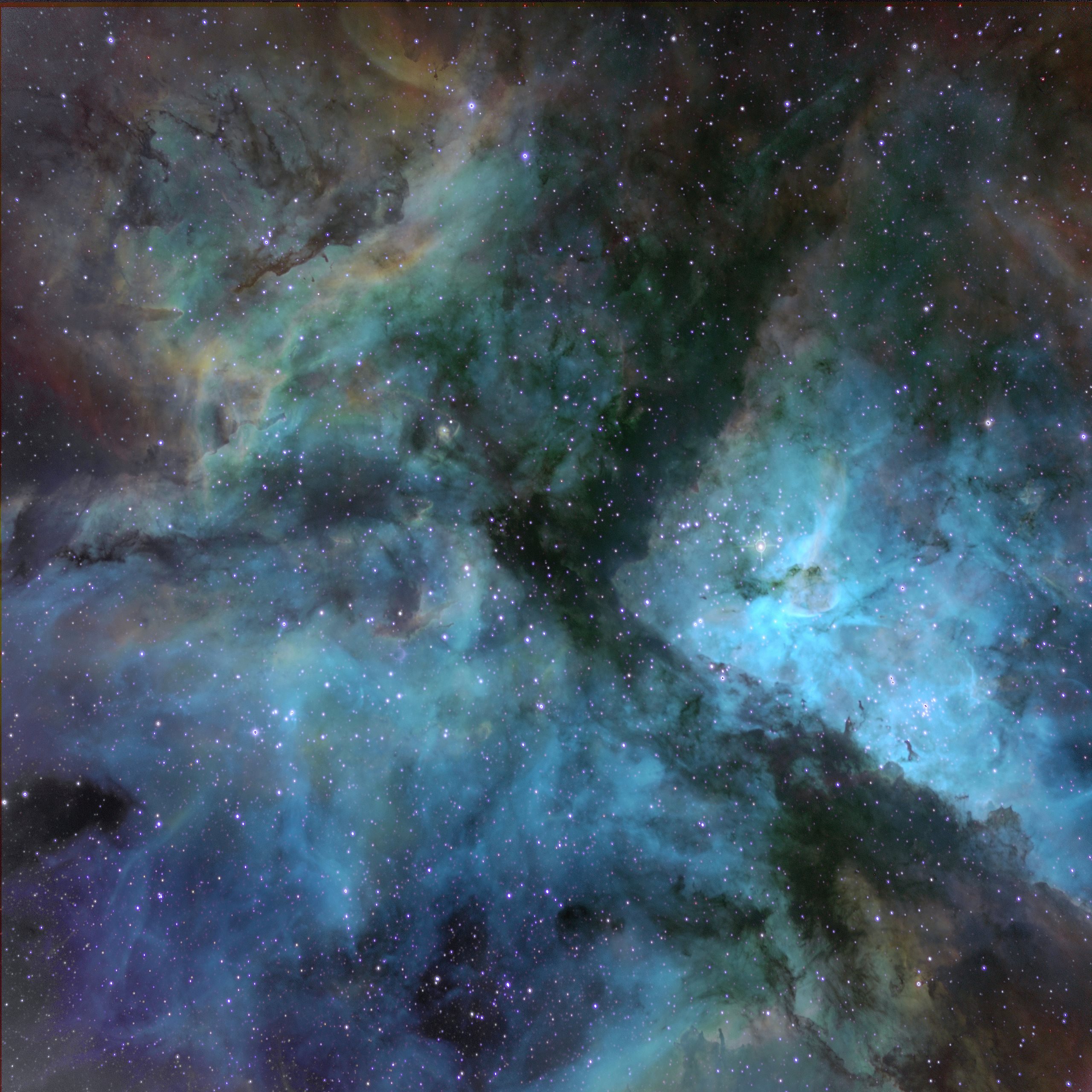Staring at the Suns
What I’ve learned as an amateur astronomer. /
“We saw his star when it rose and have come to worship him.”
—Matthew 2:2
I was not always interested in astronomy. But that changed one night in high school, when my younger brother asked me to take a peek through a small telescope that he had received as a birthday gift. As I peered through the telescope, I instantly recognized the planet Saturn! There, before my very eyes, was the ringed planet. For the first time in my life, I was observing a distant astronomical object—not as a picture in a book or an image on television, but by direct observation. I was transfixed. It was an experience that ignited in me a lifelong passion for astronomy.
During my first two years of college, I became an agnostic and then an atheist. But I never lost my interest in astronomy. And then, in my junior year in college I experienced a Damascus Road conversion to Christianity. My interest in astronomy blossomed. No longer was I limited to appreciating beautiful colors and patterns, and contemplating size and scale. I was apprehending the handiwork of God! It felt like astronomy was putting me in physical contact with the Creator.
Soon after graduating from Harvard Law School, I purchased my first telescope, an 8-inch Celestron. Over the ensuing years I upgraded several times, eventually purchasing a 20-inch reflector telescope that was so large I had to use a ladder to peer through the eyepiece. The views were so spectacular that I often experienced vertigo.
I subscribed to a few astronomy magazines over the years, and was amazed by the photos that amateurs were taking through their telescopes. I longed to do the same. I carefully acquired new telescopes and cameras designed for imaging. Taking quality pictures proved to be an arduous task due to the complexity of my equipment. After years of struggle and failure, I developed the skills necessary to take my first images. That was ten years ago. In the years that followed, my technique improved to the point that I have received numerous awards, including two NASA “Astronomy Pictures of the Day.”
In 2004, I was asked by a local Christian college to teach an introductory astronomy class. I continue to teach this course each spring semester. We meet for three hours every Monday night. It is my privilege to teach this amazing subject from a Christian perspective, giving proper credit to the One who created the objects we study.
The order, immensity, and design of the universe continually point me to the Creator. King David, who as a shepherd spent years observing the heavens while tending his flocks on the hillsides, observed: “The heavens declare the glory of God” (Ps. 19:1 NIV). The Book of Romans similarly declares that God’s “invisible qualities—his eternal power and divine nature—have been clearly seen, being understood from what has been made” (Rom. 1:20, NIV).
Astronomy has also revealed the seemingly insignificant status of our planet and species in the vast cosmos. In the 16th century, Copernicus demonstrated that the Earth is not the center of our solar system. In the 20th century, Harlow Shapley discovered that our solar system is not the center of our Milky Way galaxy. A few years later, Edmund Hubble showed that our galaxy is one of billions of galaxies. The “Principle of Mediocrity” emerged, which declared that there is nothing special about planet Earth. We are a speck on a speck on a speck. Skeptics rejoiced, as I once did. The psalmist said it best, “When I consider your heavens, the work of your fingers, the moon and the stars, which you have set in place, what is mankind that you are mindful of them, human beings that you care for them?” (Ps. 8:3–4, NIV). Anyone who spends time gazing at the heavens through a telescope has had such thoughts.
But as I peer through my telescopes, I often think of another verse of scripture—John 3:16, which proclaims that “God so loved the world that he gave his one and only Son, that whoever believes in him shall not perish but have eternal life” (John 3:16, NIV). We are not insignificant. The Principle of Mediocrity has it all wrong. We are the only planet in the vast universe that God loves, and that makes us indescribably special!
Richard Hammar is senior editor for Church Law & Tax Report and Church Finance Today, two of The Behemoth’s sister publications. He serves as legal counsel to the Assembly of God denomination. He is an attorney and CPA, specializing in legal and tax issues for churches and clergy. Seetheglory.com has more of his images, along with hours of audio and video presentations on astronomical topics.
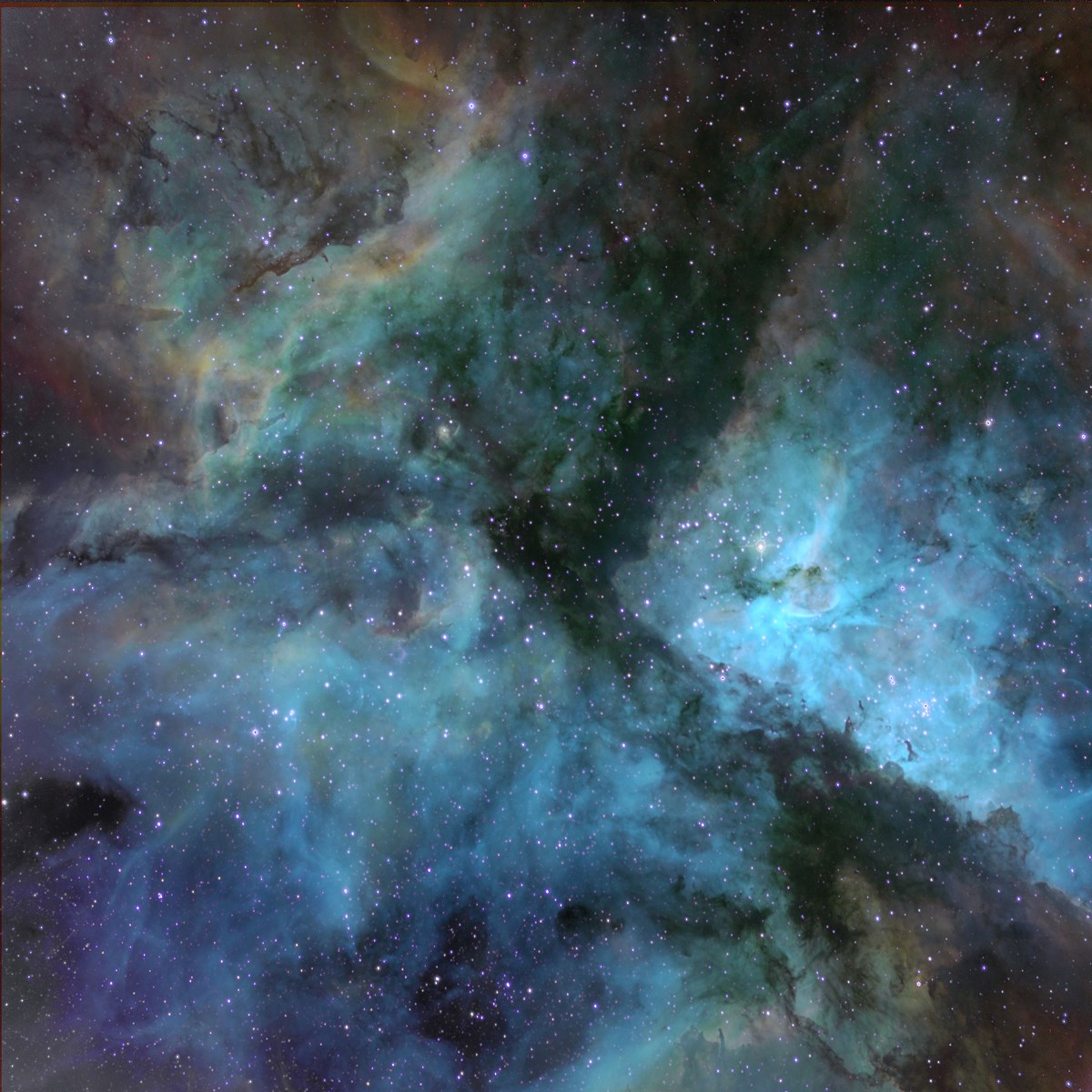
Spanning 300 light years, the Grand Nebula in the constellation Carina is much larger than the Orion Nebula, but less well known because it’s in the southern sky. (The colors here have been reassigned to accentuate the different elements in the cloud.)
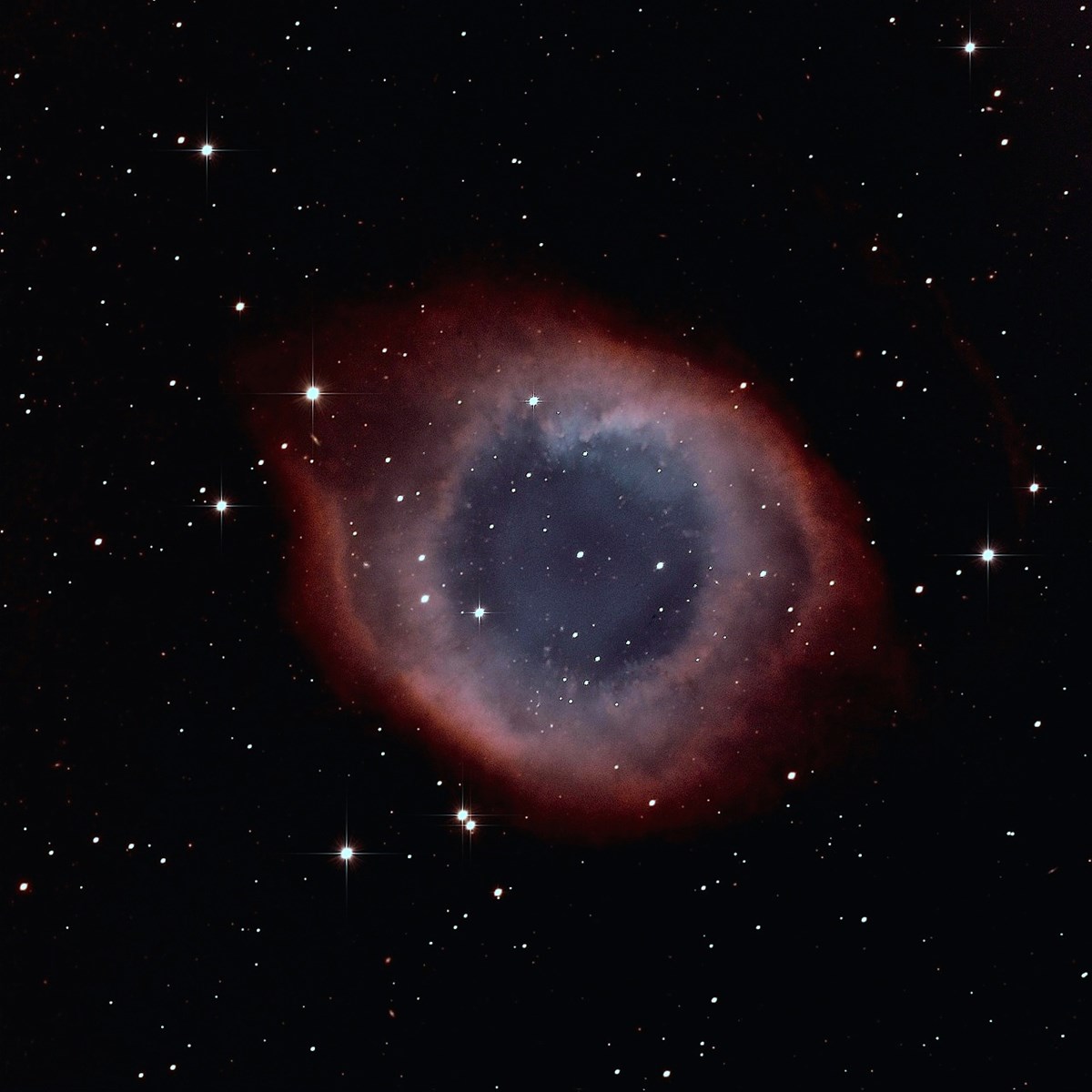
The Helix Nebula in the constellation Aquarius is an example of a planetary nebula, gas emitted from a star at the end of its burning cycle. It is 700 light years (400 trillion miles) from Earth and is a mere 2.5 light years wide.
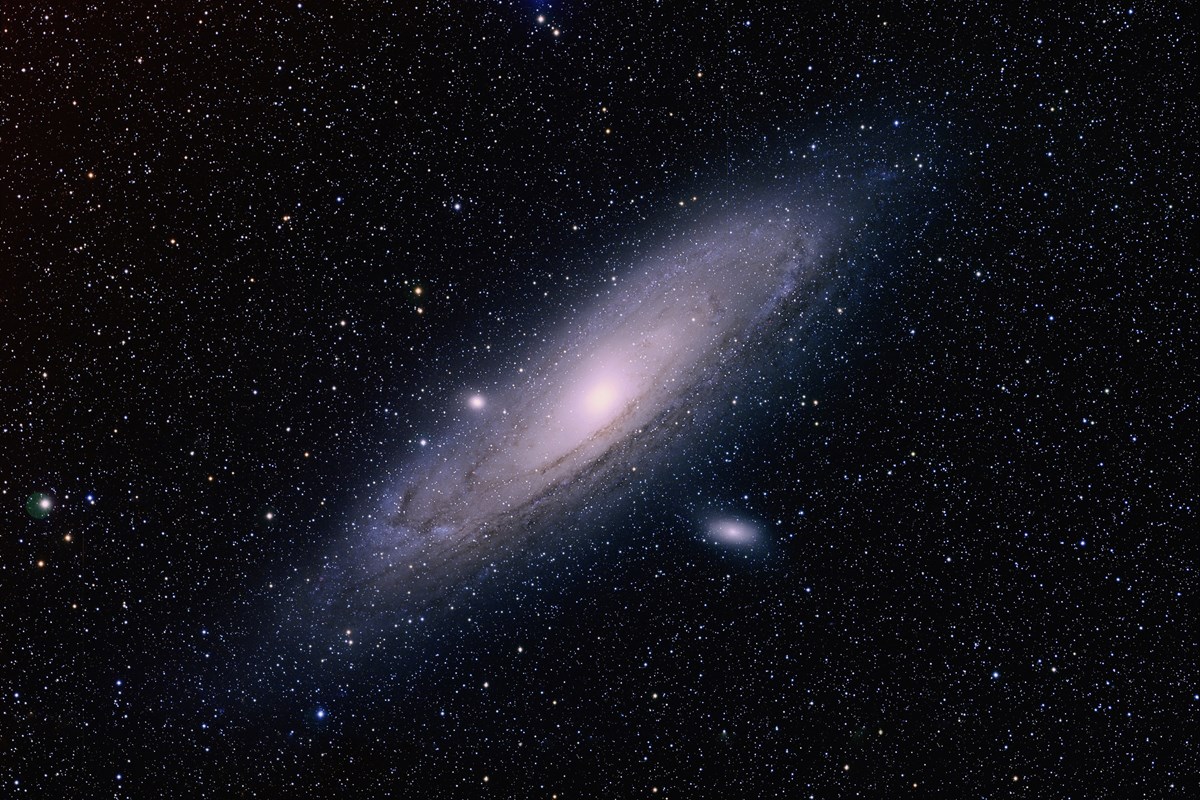
The Andromeda Galaxy, an island of a trillion stars 2.5 million light years away, is one of the most distant objects that we can see with the unaided eye.
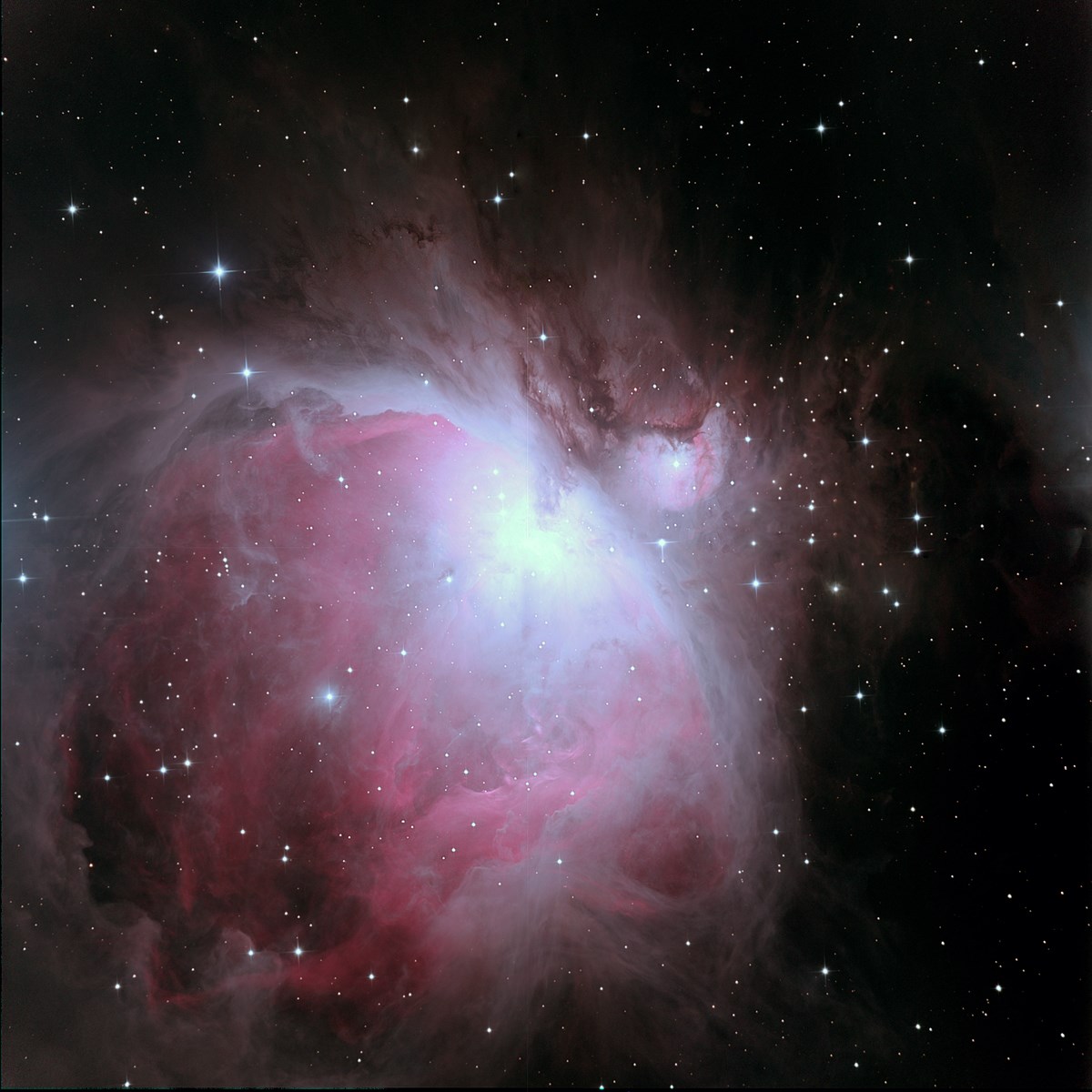
The Orion Nebula is one of the most popular targets in amateur telescopes and probably the most photographed. It’s also famous for igniting astronomers’ initial passions for the stars.
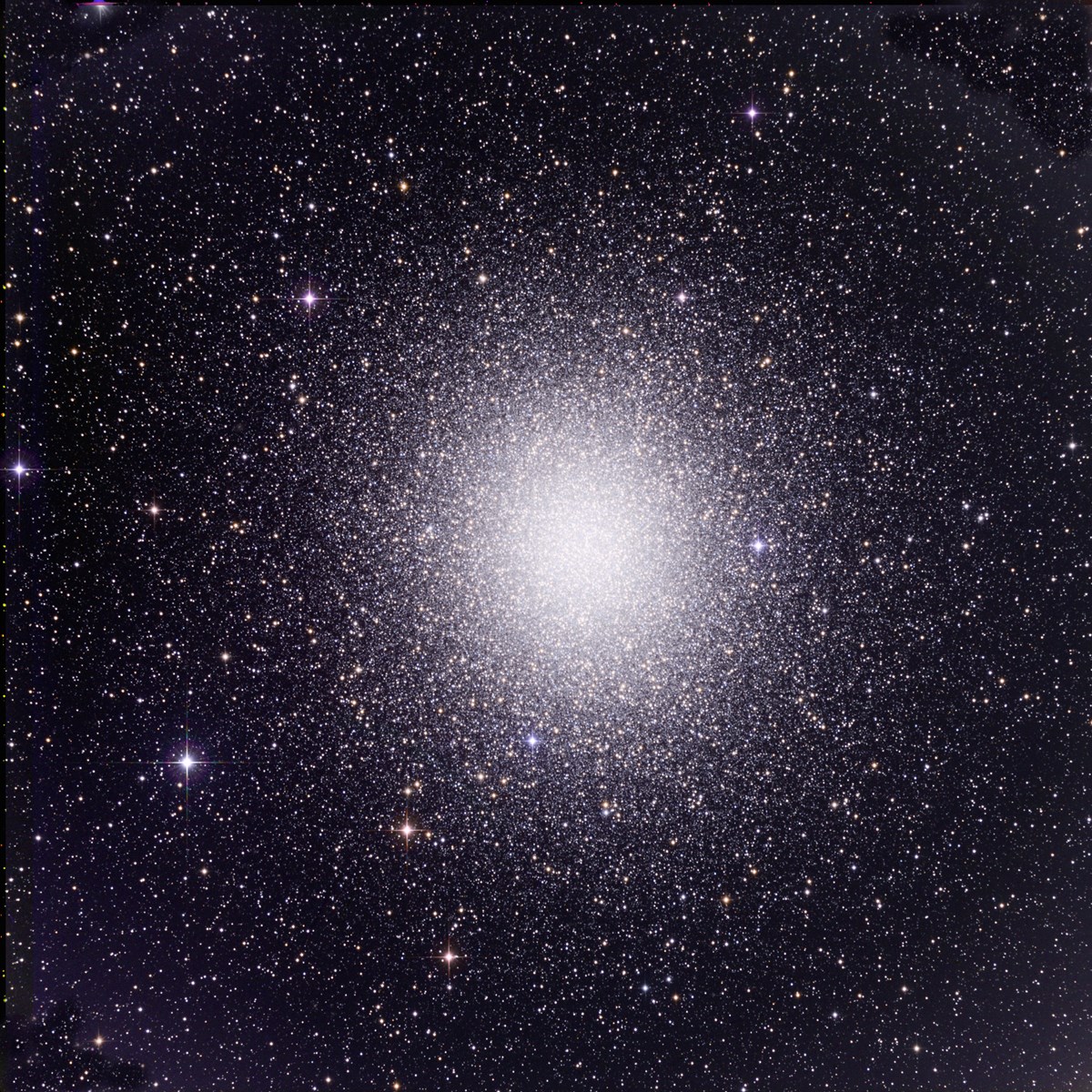
With several million stars, Omega Centauri is the most magnificent example of a globular star cluster in our galaxy. At its core, the average separation between stars is a mere 0.1 light years. By contrast, the closest known star to our Sun, Proxima Centauri, is 4.2 light years away.
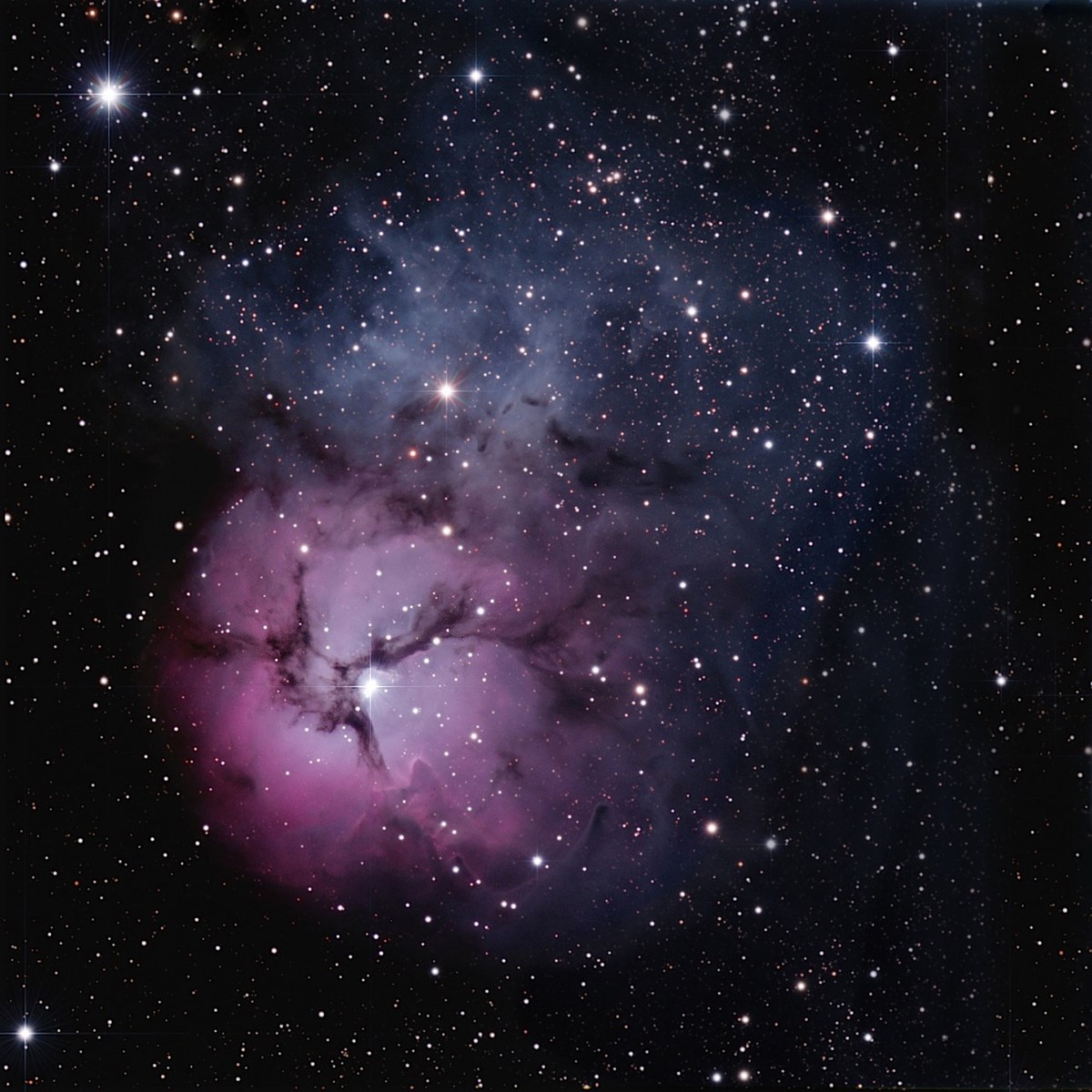
The Trifid Nebula, in the constellation Sagittarius, is an unusual combination of three kinds of nebulae.
Also in this Issue
Issue 38 / December 24, 2015- Editor's Note from December 24, 2015
Issue 38: Virgin births in the animal kingdom, a modern Wise Man’s journey, and the womanhood of creation. /
- Virgin Births Happen All the Time
Birds do it. Bees do it. Snakes, sharks, lizards, and lots of other animals do it solo too. /
- Why Mary Is So Blessed
An Orthodox theologian describes how the Mother of God is what all creation was created to be. /
- Noel
“We hear and sing / The customary carols” /
- Wonder on the Web
Issue 38: Links to amazing stuff.


